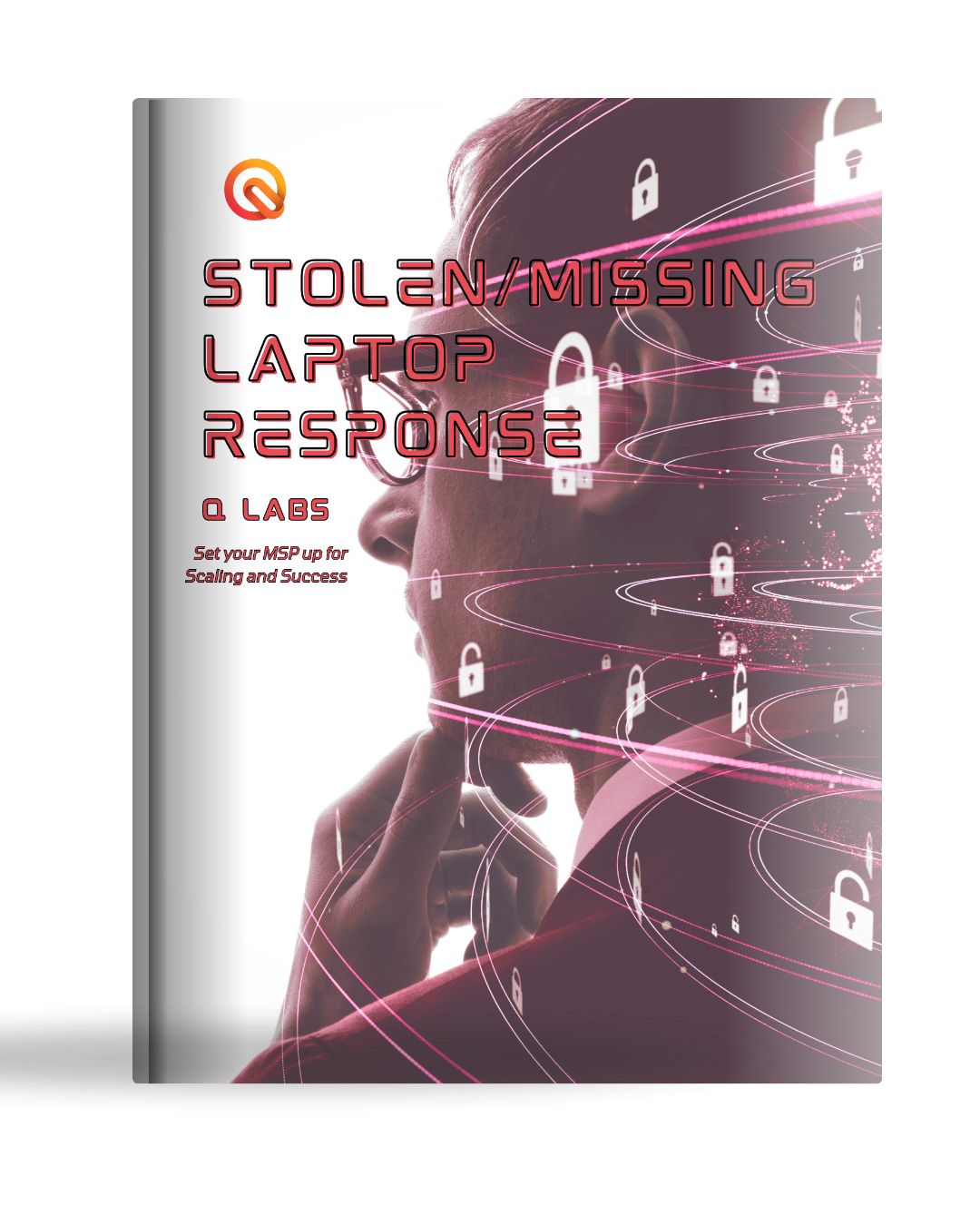

Attention, MSP operatives! Q here with some rather sobering intelligence from the field. While you’re busy patching servers and resetting passwords, how many of you have considered what happens when Mother Nature decides to test your operational resilience?
Having operated from New Orleans – where hurricane preparedness isn’t optional, it’s survival – I’ve learned something rather fascinating: MSPs with solid disaster plans don’t just weather storms better. They run better operations altogether.
Down here in hurricane country, every August we start the familiar dance. Check the generators, verify the backup systems, confirm the evacuation procedures. But here’s what I discovered after years of this routine: the MSPs that survived COVID-19 with flying colors weren’t the ones with the fanciest tools. They were the ones with the best hurricane plans.
Think about it. If your infrastructure can operate when Category 3 winds are howling outside and half the city has lost power, handling a global pandemic becomes rather manageable by comparison.
When unexpected events force clients to work remotely, many MSPs scramble to enable distributed operations. Meanwhile, MSPs with proper disaster planning already have these systems in place. Remote access? Check. Cloud-based tools? Check. Redundant communication systems? Double check.
The hurricane-prepared MSPs simply activate their existing protocols while others frantically try to cobble together solutions. Rather like the difference between Q Branch’s meticulously prepared gadgets and some amateur’s hastily assembled contraption.
Proper disaster preparedness requires thinking beyond the obvious. Yes, you need backups and redundancy. But hurricane-grade planning considers scenarios that would make most MSPs rather uncomfortable:
Power Grid Failures: When the entire region loses electricity for weeks, your cloud-first approach suddenly becomes essential rather than trendy.
Communication Breakdowns: When cellular towers are down and Internet is spotty, having multiple communication channels becomes the difference between coordinating response and complete chaos.
Staff Displacement: When your team can’t reach the office (or there is no office), remote operations capability determines whether you continue serving clients or disappear when they need you most.
In hurricane zones, we’ve learned that daily backups aren’t sufficient. When a storm approaches, you might have hours – not days – to prepare. Our current protocol backs up client servers every 2 hours directly to the cloud with boot validation testing.
This frequency might seem excessive until you realize that the last successful backup could be the difference between restoring operations and losing everything. Plus, this level of redundancy makes routine recovery scenarios almost trivial.
While cloud services solve many problems, some operations simply cannot be moved. Manufacturing plants, for instance, require on-site infrastructure that must continue functioning regardless of external conditions.
For these scenarios, we build local resilience into the systems. If Internet connectivity fails, the plant continues operating normally while we work to restore external communications through backup channels. The key is designing systems that degrade gracefully rather than failing catastrophically.
Hurricane preparedness demands regular testing. We conduct quarterly restoration drills to verify our backups actually work and our procedures remain current. These aren’t theoretical exercises – we perform actual restorations to confirm everything functions as expected.
This testing has caught problems that would have been disastrous during actual emergencies. Better to discover issues during a controlled drill than during a crisis.
Hurricane planning requires clear communication with clients about capabilities and limitations. Using our CloudRadial portal, clients can monitor service status in real-time and understand exactly what’s happening during any disruption.
This transparency builds confidence. When clients can see that you’ve planned for extreme scenarios, they trust you with routine operations. After all, if you can handle hurricanes, their everyday IT challenges seem rather manageable.
Hurricane preparation changes how you think about everything. Every system, every process, every procedure gets evaluated through the lens of “what if everything goes wrong at once?”
This mindset creates more resilient operations across the board:
Living in hurricane territory teaches you to monitor early warning systems carefully. Similarly, in technology adoption, staying slightly ahead of the curve allows you to test and validate solutions before recommending them to clients.
When clients ask about new technologies, you can provide real-world examples rather than theoretical assessments. This positions you as a trusted advisor rather than just another vendor.
Hurricane preparedness demands automation. When time is critical and conditions are chaotic, manual processes simply don’t scale. The automation we deploy for disaster scenarios – monitoring, alerting, automated failover – makes routine operations more efficient as well.
Using tools like n8n, we’re expanding automation capabilities to handle not just disaster scenarios but mundane daily workflows that must execute reliably regardless of conditions.
Here’s what many MSPs miss: disaster-prepared operations aren’t just about surviving catastrophes. They’re about demonstrating operational excellence that clients can see and feel every day.
When your systems work flawlessly during routine operations, when your response times are consistent, when your procedures are documented and reliable – these aren’t accidents. They’re the byproducts of planning for scenarios where excellence isn’t optional.
Consider this your operational challenge: What would happen to your MSP if everything went wrong simultaneously? How would you continue serving clients? How would your team coordinate response? How would you restore operations?
If these questions make you uncomfortable, excellent. Discomfort motivates improvement.
The MSPs that thrive aren’t necessarily the ones with the most sophisticated tools. They’re the ones with the most resilient operations. And resilience comes from planning for scenarios you hope never to encounter.
Whether you’re in hurricane country or not, disaster-grade preparedness will transform your MSP. Your clients will notice the difference, your team will work more confidently, and when actual challenges arise, you’ll be ready.
After all, in our line of work, it’s better to be prepared for storms that never come than caught unprepared when they do.
Ready to storm-proof your MSP operations? Our Cleared Access program includes the disaster preparedness SOPs, automation scripts, and operational templates that hurricane-tested MSPs use to build unshakeable resilience. These aren’t theoretical documents – they’re battle-tested procedures that work when everything else fails.
Stay vigilant,
Q Labs Team


Get exclusive insights on MSP operations, automation strategies, and business scaling tactics delivered straight to your inbox.
No fluff, just actionable SOPs, industry intelligence, and behind-the-scenes expertise from the elite operatives at Q Labs.
What you’ll receive:
📩 Sign up now and transform chaos into clockwork!
